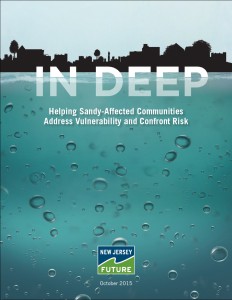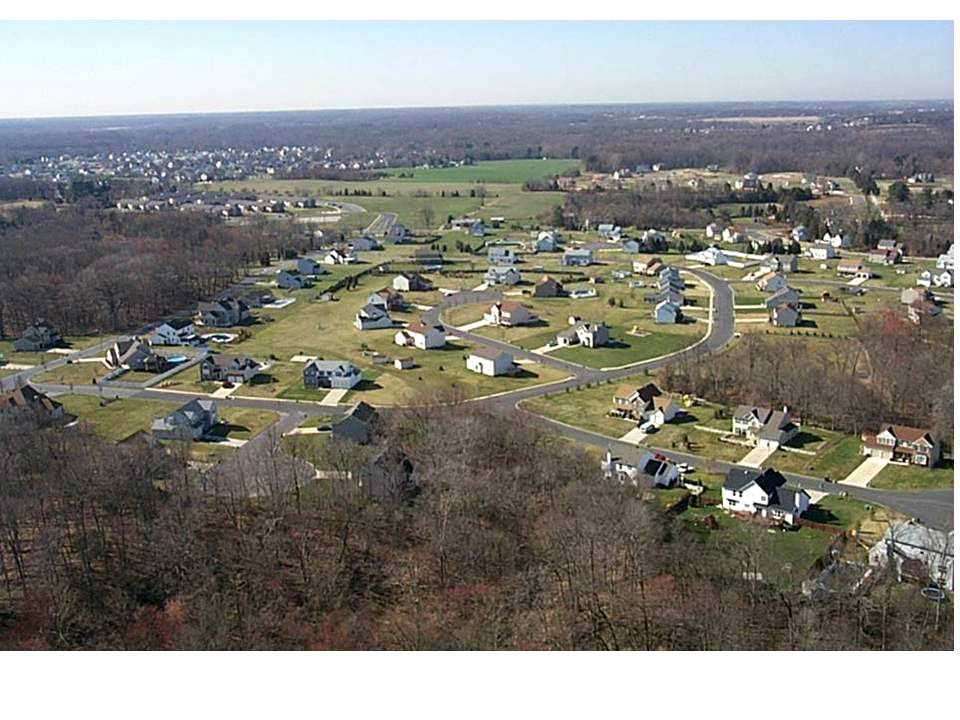New Jersey Future Blog
Are Towns in a Better Position to Make Long-Term Resiliency Decisions?
October 27th, 2015 by Elaine Clisham
Report Examines Model Framework for Local Disaster Resiliency Planning
 A new report from New Jersey Future examines the origin and outcomes of a groundbreaking approach to helping communities take steps to make themselves more resilient to natural disasters. The approach, based on FEMA’s recommended National Disaster Recovery Framework, was piloted by New Jersey Future in six Sandy-affected communities. The report summarizes the lessons learned from those engagements, and discusses recommendations for replicating the approach effectively in other post-disaster situations.
A new report from New Jersey Future examines the origin and outcomes of a groundbreaking approach to helping communities take steps to make themselves more resilient to natural disasters. The approach, based on FEMA’s recommended National Disaster Recovery Framework, was piloted by New Jersey Future in six Sandy-affected communities. The report summarizes the lessons learned from those engagements, and discusses recommendations for replicating the approach effectively in other post-disaster situations.
“Over the last two years we’ve learned that the risks people are willing to take are high if it means remaining in their homes and community,” said New Jersey Future Executive Director Peter Kasabach. “We also learned that when presented with a thorough analysis of vulnerability and future risks that reflects the specific characteristics of their community, residents in coastal areas are willing to envision the sometimes considerable changes that will be needed to improve their long-term health and safety.”
He added, “One of the keys to this process being successful is being able to spend the necessary time understanding the local community and building trust with leaders and participants, and then engaging with them over an extended period of time.”
The pilot program involved placing local recovery planning managers (LRPMs) in selected municipalities to assist with short-term recovery, to help evaluate offers of post-disaster assistance, to secure additional resources, and to facilitate decision-making to increase long-term resiliency. These professionals were made available at no cost to the participating towns, through funding from the Merck Foundation and the New Jersey Recovery Fund.
The report documents how decisions were made about which towns should be part of the pilot LRPM program and the commitments they needed to make; what steps needed to be taken in order to ensure that both residents and local officials could trust the leadership of the LRPMs and engage in a robust change process; and how the program approached the difficult tension between increased long-term financial risk and the urgent need to rebuild an area heavily economically dependent on its geography.
Results to date from the six towns indicate that the approach is effective for both assisting local governments with immediate recovery needs and engaging the community and local elected officials in critical decision-making about risk and vulnerability. The keys to achieving results include working hand-in-hand with local officials over an extended period of time; explaining clearly the financial risk to both property owners and municipalities of assets that are left in harm’s way; and ensuring that as broad as possible a cross-section of the affected community can participate in the ensuing discussions.
“One of the significant accomplishments of the program was to be able to encourage people to think about and discuss the implications of living in a vulnerable area,” said New Jersey Future Recovery Planning Manager David Kutner, who leads the LRPM effort. “Once you demonstrate to people the financial consequences of merely rebuilding back to the way things were, given future projections for sea-level rise, people’s eyes are open to just how at risk they are, and they’re more willing to confront the issue.”
Recommendations in the report cover how best to implement a similar program in other communities, and how to align state and federal rebuilding policies with local resilience goals. But perhaps the biggest recommendation in the report is that sufficient funds should be allocated to expand the program, both to more affected towns and to allow LRPMs to stay embedded for longer than the two years that current funding has allowed. A longer engagement would allow the risk-based conversations to mature and result in specific strategies that will affect current and future residents. Allocating more post-disaster aid money to local long-term planning would facilitate this expansion, and, based on this pilot implementation, would enable recipients to make themselves less vulnerable to future disasters, thus potentially reducing their need for post-disaster aid.
The full report and associated documents are available here.
More information and resources on rebuilding for resiliency are available here.
















